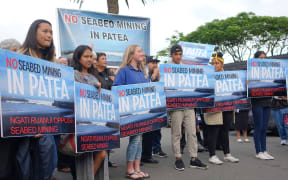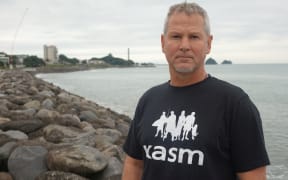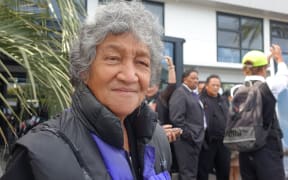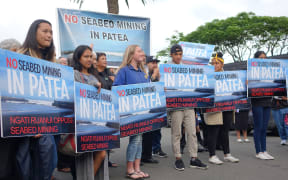Four months of hearings into a seabed mining application off the South Taranaki coast have finally come to an end.
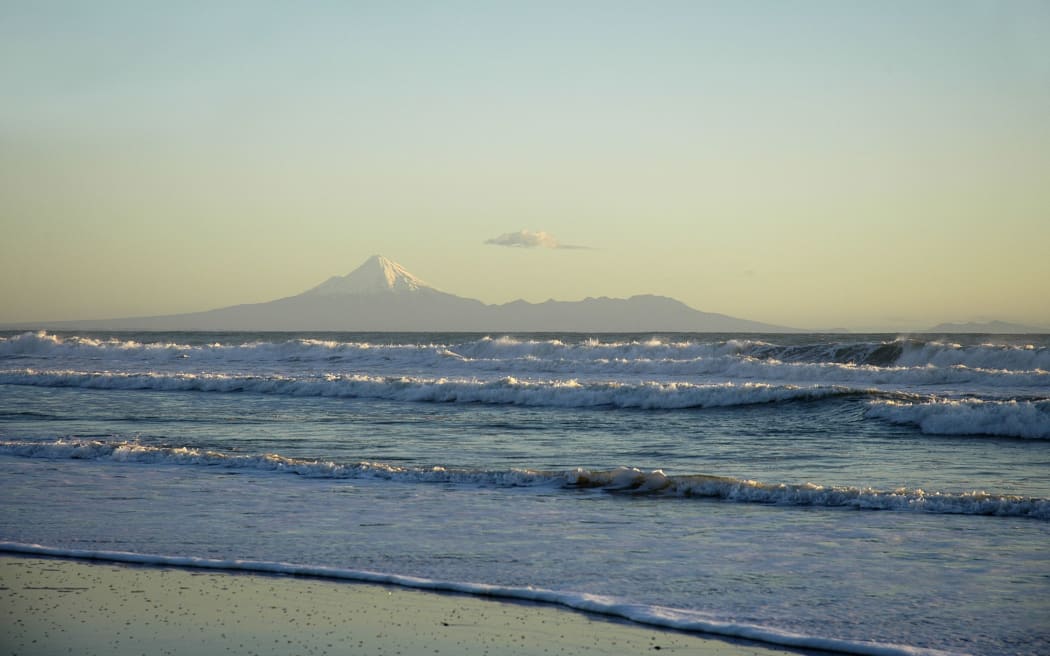
Photo: Biosphoto / Michel Rauch
It follows an application by Trans Tasman Resources (TTR) to dig up to 50 million tonnes of ironsand from the ocean floor each year.
It would then extract 5 million tonnes of iron ore, and dump the residue on the bottom of the sea.
Trans Tasman Resources said the scheme would produce 300 jobs and add $160 million to New Zealand's GDP.
It has already been turned down by the Environmental Protection Authority once, and has come back for a second attempt.
During the last day of hearings in Wellington yesterday, Ruby Haazen, who represented Greenpeace and Kiwis Against Seabed Mining (KASM), said the authority should say no again.
The information backing the proposal was still too sketchy, she said.
"Whether we look at birds, marine mammals, the plume (silt stirred up by mining), benthic, or eco-toxicology, the evidence has shown that there is uncertainty and there is inadequacy."
She said when Trans Tasman Resources came back to the authority a second time it said it would get new information - but not enough was forthcoming.
"If full scale mining were to commence it would be very difficult to know the effects," she said.
Lawyer Robert Makgill represented the fishing industry and said the law clearly required the scheme to be turned down.
"TTR has not crossed the evidential threshold required to either assess the adverse effect of its proposed (work) or determine how those affects might be avoided, remedied or mitigated.
"In the circumstances the requirement to favour caution and environmental protection means the application must be refused."
Dredging and backfilling would have 'negligible effect' - TTR
Counsel for Trans Tasman Resources, Mike Holm, said facts about the proposal had been provided.
He said this included details such as that the ocean-floor mining would be shallow, sea life would rapidly return after mining had stopped and there would be less disruption of marine habitats than from passing ships or from oil and gas drilling.
"Dredging of sand and backfilling the mined area will have a negligible effect on fish due to the small scale of the area to be mined compared with the extensive area utilised by the relevant fish species, Mr Holm said.
The mining would not take place in a pristine environment - the area already had a lot of commercial activity, he said.
"The publicly stated claims of KASM and Greenpeace that the marine life of the mining area would be permanently destroyed, and surrounding marine life buried or suffocated by mining sediments have not been corroborated by any credible evidence."
The authority will release its decision at the end of June.

